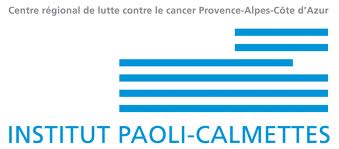RET-MAP: An International Multicenter Study on Clinicobiologic Features and Treatment Response in Patients With Lung Cancer Harboring a RET Fusion
Résumé
Introduction: Nearly 1% to 2% of NSCLCs harbor RET fusions. Characterization of this rare population is still incomplete.
Methods: This retrospective multicenter study included patients with any-stage RET positive (RET+) NSCLC from 31 cancer centers. Molecular profiling included DNA/RNA sequencing or fluorescence in situ hybridization analyses. Clinicobiological features and treatment outcomes (per investigator) with surgery, chemotherapy (CT), immune checkpoint blockers (ICBs), CT-ICB, multityrosine kinase inhibitors, and RET inhibitors (RETis) were evaluated.
Results: For 218 patients included between February 2012 and April 2022, median age was 63 years, 56% were females, 93% had adenocarcinoma, and 41% were smokers. The most frequent fusion partner was KIF5B (72%). Median tumor mutational burden was 2.5 (range: 1–4) mutations per megabase, and median programmed death-ligand 1 expression was 10% (range: 0%–55%). The most common metastatic sites were the lung (50%), bone (43%), and pleura (40%). Central nervous system metastases were found at diagnosis of advanced NSCLC in 21% of the patients and at last follow-up or death in 31%. Overall response rate and median progression-free survival were 55% and 8.7 months with platinum doublet, 26% and 3.6 months with single-agent CT, 46% and 9.6 months with CT-ICB, 23% and 3.1 months with ICB, 37% and 3 months with multityrosine kinase inhibitor, and 76% and 16.2 months with RETi, respectively. Median overall survival was longer in patients treated with RETi versus no RETi (50.6 mo [37.7–72.1] versus 16.3 mo [12.7–28.8], p < 0.0001).
Conclusions: Patients with RET+ NSCLC have mainly thoracic and bone disease and low tumor mutational burden and programmed death-ligand 1 expression. RETi markedly improved survival, whereas ICB may be active in selected patients.
| Origine | Fichiers éditeurs autorisés sur une archive ouverte |
|---|





